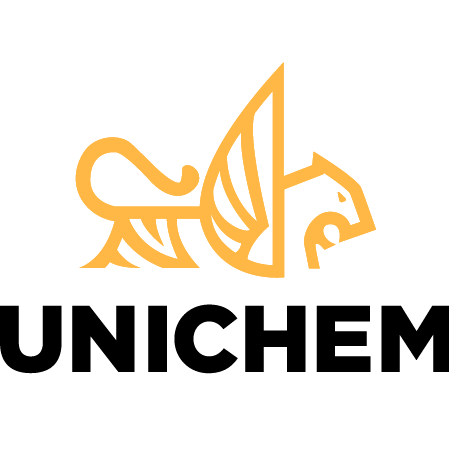 According to ChemistryViews.org, plasticizers are odorless, colorless and are mainly phthalates that are used to increase the elasticity of material such as Polyvinyl chloride (PVC). PVC is one of the top three most widely used synthetic plastic polymers following polyethylene and polypropylene.
According to ChemistryViews.org, plasticizers are odorless, colorless and are mainly phthalates that are used to increase the elasticity of material such as Polyvinyl chloride (PVC). PVC is one of the top three most widely used synthetic plastic polymers following polyethylene and polypropylene.
Where Plasticizers are Used
PVC is often used to make things like vinyl flooring, siding, pipes, plumbing parts, hoses, automotive parts, cable and wire coatings, medical devices and more. You can find PVC in many products such as housewares, upholstery, food packaging products, roofing membranes, the possibilities are endless. Vinyl adhesives are used to bond vinyl to metal and other vinyl lamination applications to produce a wide variety of products.
Plasticizers are used in PVC to help make these products and can also be found in rubber products, adhesives, paints, and sealants for professional and industrial uses. The use of plasticizers in any application is strictly regulated.
Benefits of Plasticizers
Plasticizers are added to PVC formulations to add flexibility and softness. The use of plasticizers to make products bendable and flexible allows for a wide range of possibilities for new and existing applications. One of the greatest benefits that plasticizers provide is to add durability to products which provides benefits to many applications.
Plasticizers can help to provide longer-lasting performance of products, in some cases extending product performance to 50 years or more. Without the use of plasticizers, PVC would only be rigid such as the PVC type of pipes we are all familiar with.
Plasticizer Migration and Vinyl Bonding
Vinyl bonding poses unique challenges with many adhesives that risk impacting the integrity of the vinyl itself. Some applications require a pretreatment process to assist in mitigating plasticizer migration. Plasticizer migration occurs when plasticizers migrate from one material to another, typically from the vinyl to the adhesive which adheres it to the substrate itself. Plasticizer migration occurs over time and can be accelerated with heat. Examples could be a dashboard in a vehicle that gets dry and cracked without proper lubrication such as spraying the material with an Armor All type of product.
The use of additives in vinyl materials, particularly plasticizers, poses unique challenges to vinyl bonding and can make it difficult to bond vinyl to metal and other substrates. Plasticizers are chemicals that are constantly moving. Some plasticizers are more prone to migrate to the surface of vinyl which in turn can cause applied vinyl adhesives to separate and de-bond as adhesive failure occurs.
uniBOND® L VINYL Bonding Solutions
Universal Chemicals & Coatings, Inc., UNICHEM, offers vinyl bonding solutions with uniBOND® L VINYL industrial adhesive. UNICHEM is a leading custom chemical and coatings manufacturer with more than 50 years of experience in providing custom designed coatings, adhesives, and lamination bonding solutions to meet your specifications. Our team consists of the leading industrial adhesive engineers and scientists in the industry, possessing deep technical knowledge of technology and market specializations.
We offer product and process analysis to troubleshoot adhesive failures and provide proven, long-lasting adhesive solutions to meet your needs including vinyl lamination and bonding solutions. You can have confidence in our dedicated research team, our state-of-the-art research and lab facilities where we conduct exceptional research and development and apply innovative technologies to meet your needs. Our rapid iteration provides unrivaled speed to market solutions.
UNICHEM is a leading custom chemical and coatings manufacturer with intellectual prowess that redefine the possibilities in your market. Our teams are flexible and meet all regulations and environmental standards. Contact us to speak with an engineer for vinyl bonding solutions that help to prevent plasticizer migration.


